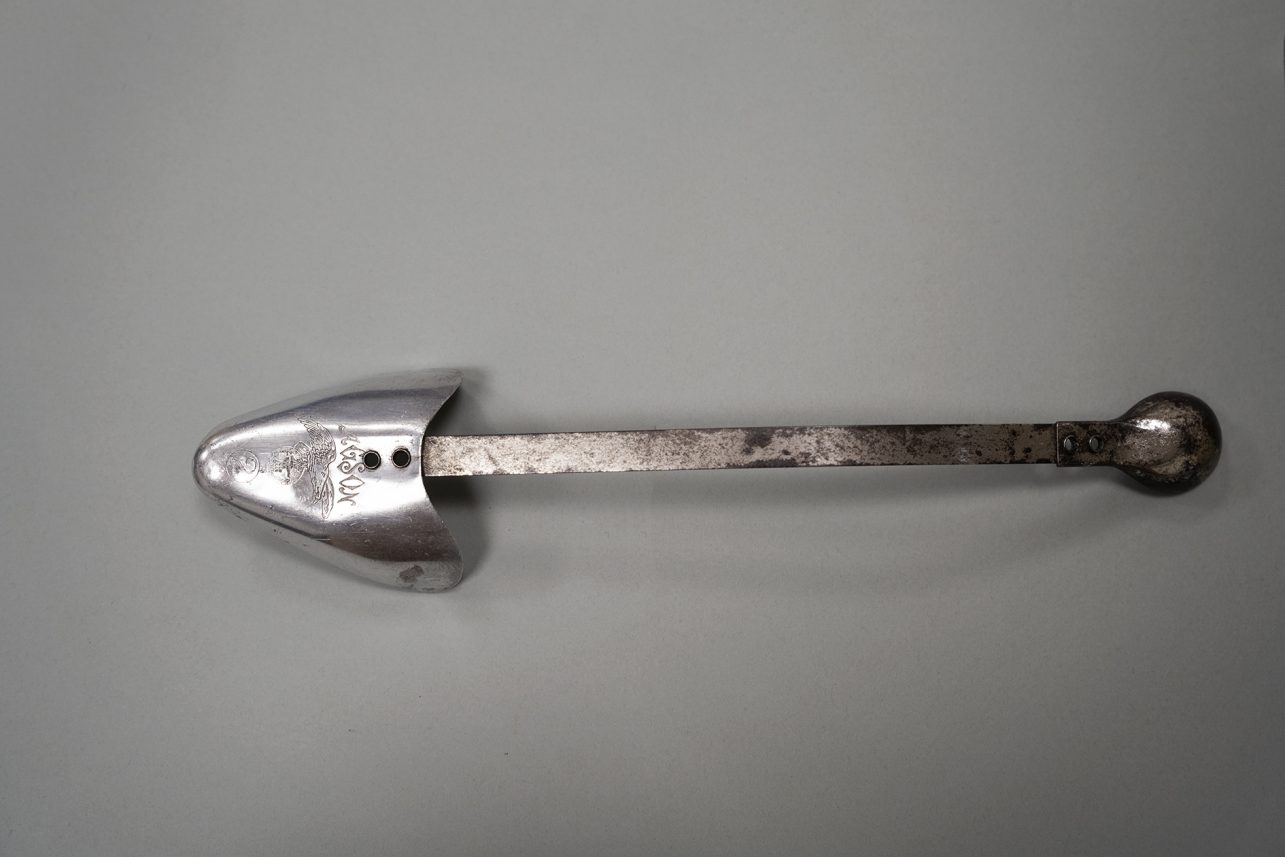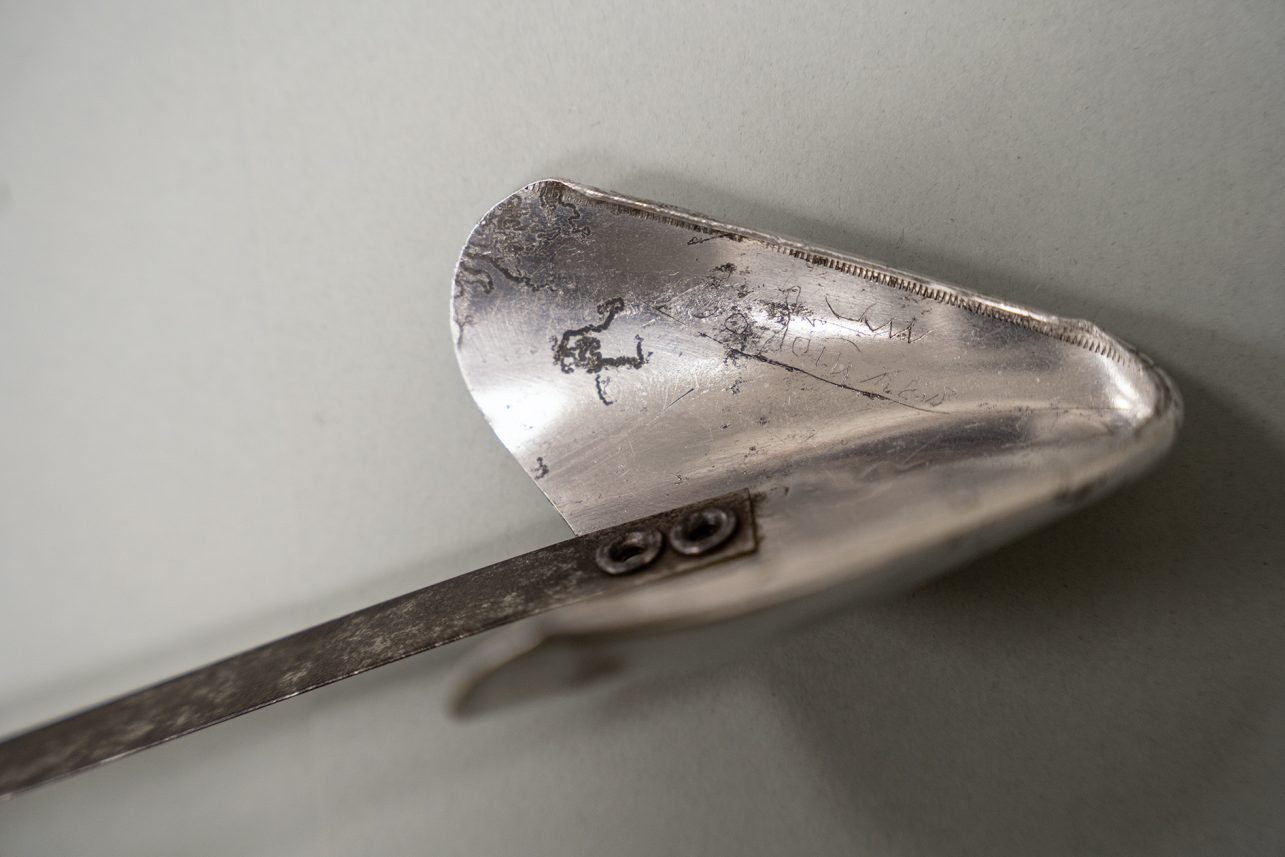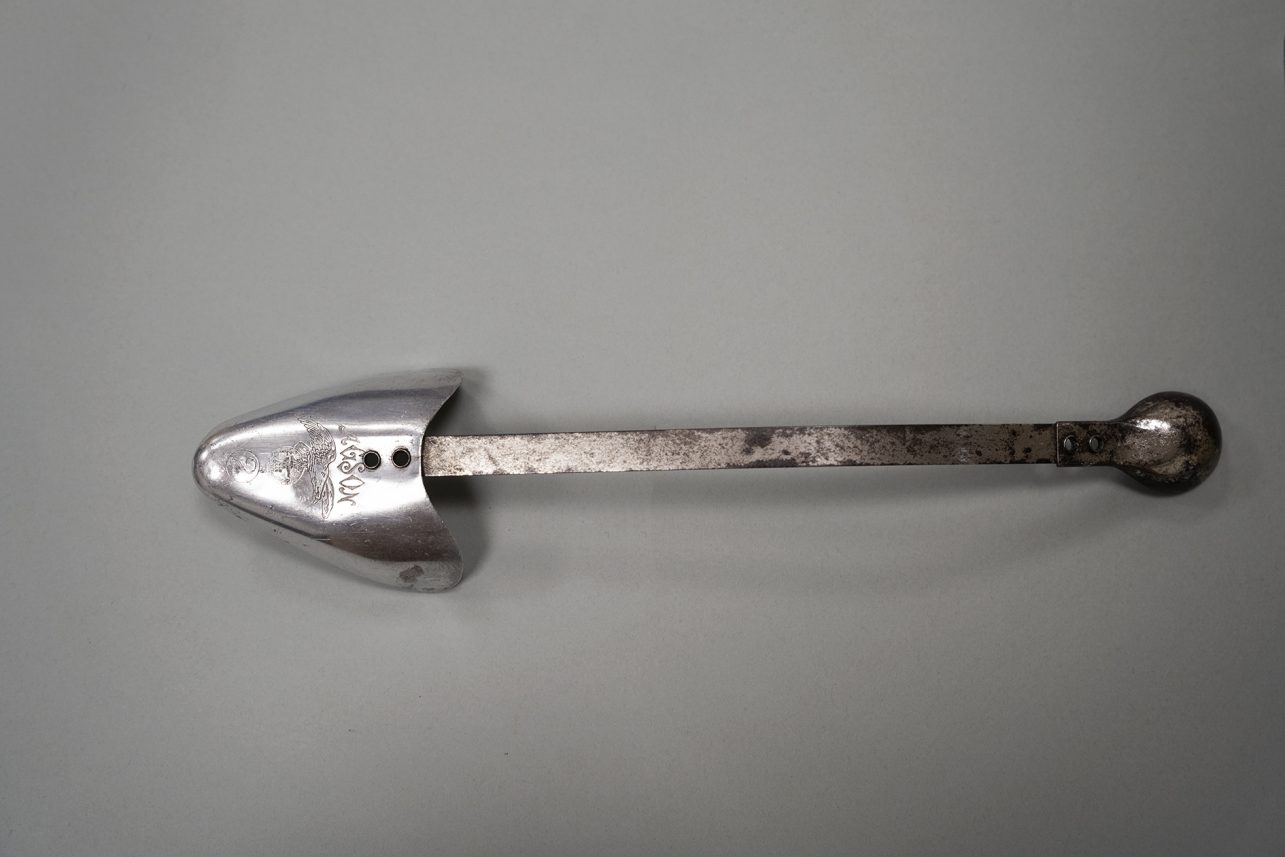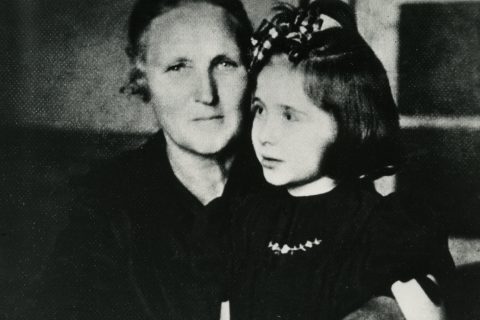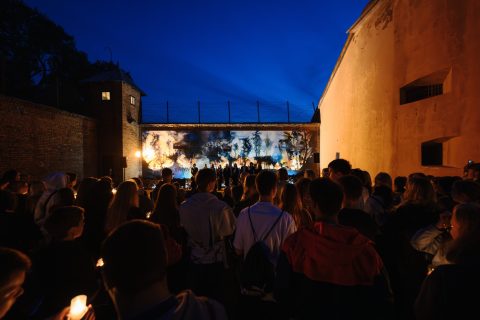During the Nazi occupation of Lithuania in World War II (1941-1944), the Ninth Fort of Kaunas Fortress became a mass murder site, where tens of thousands of people, mostly Jews, were killed. From the very first days of the occupation in June 1941, the Ninth Fort, until recently an NKVD prison, was transformed into a place of imprisonment and extermination of Lithuanian civilians. On October 29, 1941, one of the largest Holocaust campaigns in Lithuania – the Great Action – took place. During this campaign, 9,200 Jews of Kaunas Ghetto were shot in one day. From 1941 to 1944, Jews not only from Lithuania but also from other European countries (Austria, Germany, France and Czechoslovakia) were brought to and killed in the Ninth Fort.
As Martynas Kosas, restorer at the Kaunas Ninth Fort Museum, explains in this article, in the 1960s, archaeological excavations were carried out at the mass murder site near the Ninth Fort. They lasted several years, and this was one of the first systematic attempts to investigate the mass murder site. Although the investigations were initiated by the Soviet authorities in order to gather evidence of Nazi war crimes, the artefacts discovered are still of inestimable importance today. During the investigations, a mass grave was found with the personal effects of the victims, such as eyeglasses, watches, shoe remnants and buttons. The discovery of cartridge casings, burnt bones and layers of ashes confirmed that the Nazis were trying to destroy the evidence of their crimes.
Several decades in the ground and five decades in the museum repository: this is the time that it took for the shoe insert to keep the shape of a shoe to reach the restoration workshop. It is just one of hundreds of witnesses to the events of that time. The insert was designed for women’s shoes. Such items were common among wealthy city residents. They were ornate and luxurious, combining several materials and engraved with inscriptions and decorations. It was a personal item used for specific bespoke shoes.
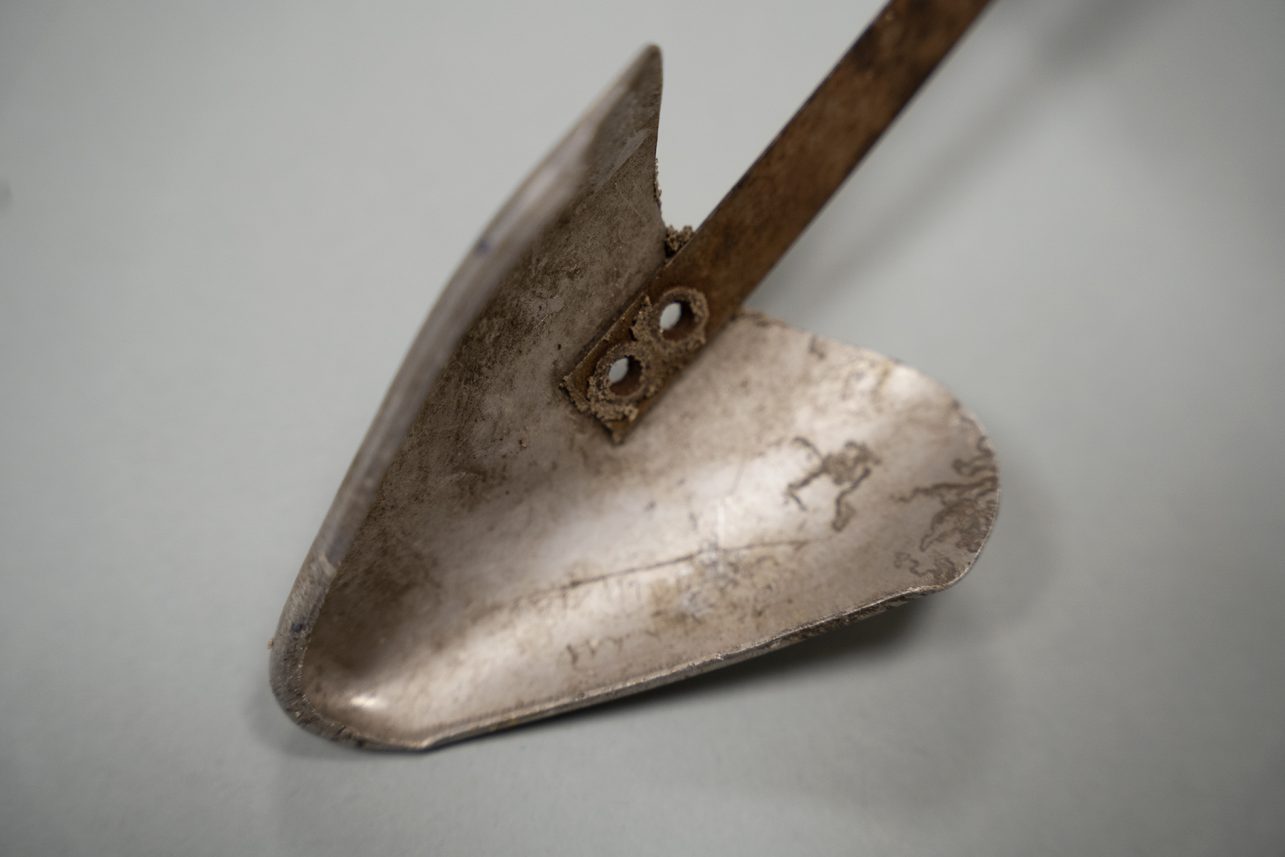

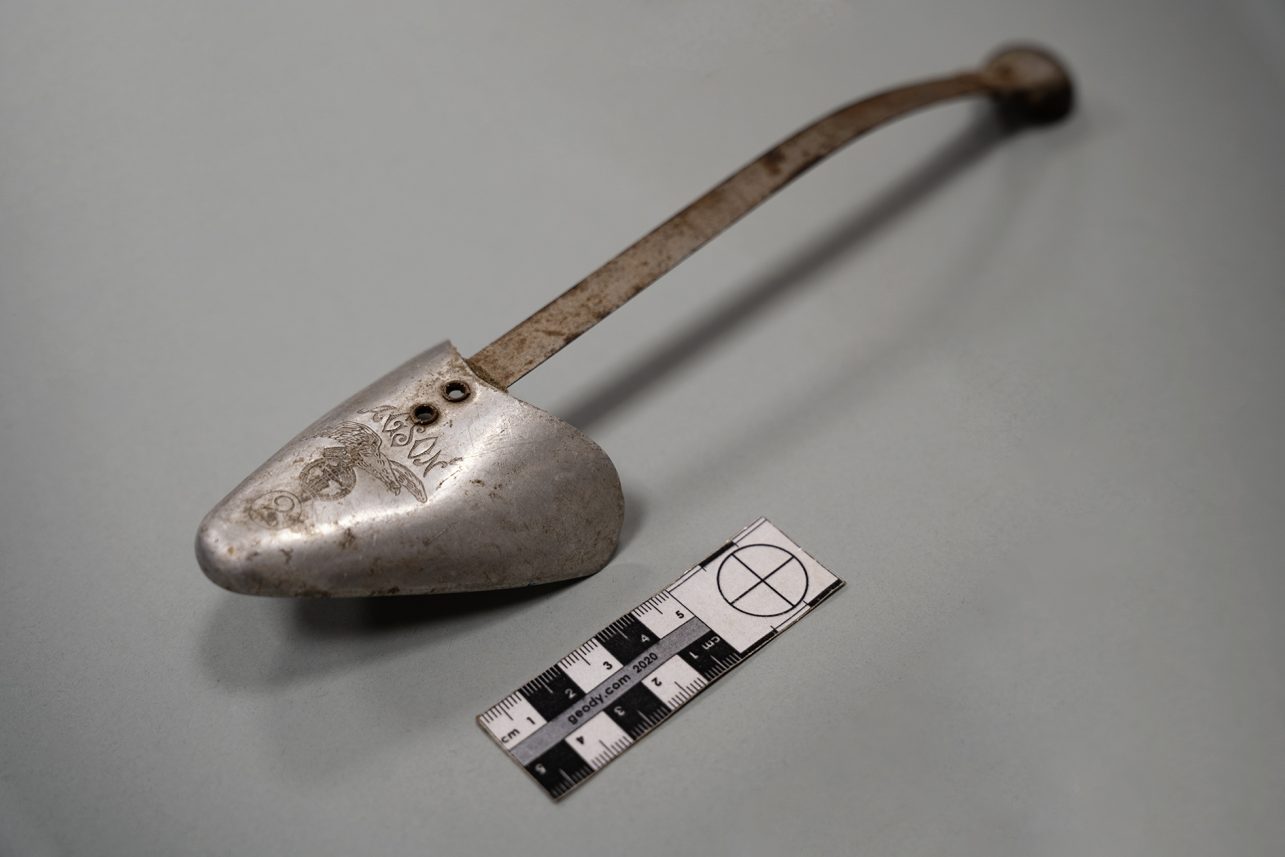
The insert is 33 cm long and is made of three riveted parts. Two different metals, aluminium and iron alloys, are used. Two parts are made by stamping them and forming them into the required shape. Interestingly, the middle flexible strip, which serves as a spring, has not lost its function until now. The iron parts are plated with chrome. Over the decades, the find has already lost its original appearance and splendour. Time and environmental influences have affected the structure of the metal, corrosion and oxide deposits have appeared, and the shiny chrome coating has deteriorated.
However, the most interesting and informative part of the museum object is its front. Here, the number 2 is carved in a circle, while above it one can see an eagle holding a globe in its claws and the inscription “AGSON.” What do these symbols mean? An eagle holding a globe is a symbol used in the 1920s-1930s, which was used to indicate a manufacturer’s logo or brand. Such symbols were common on metal products, especially in Germany and Austria. The eagle was a symbol of quality, and the globe a symbol of worldwide trade. The number 2 in the circle can be explained in a simple way: it indicates the size of the shoe for which the insert is intended. AGSON may be the name of a shoe manufacturer, a craftsman who made shoes or a shoe shop. Unfortunately, no information on the location of this company has been found so far. Yet, the symbols and similar products guide us to what was then Czechoslovakia and Austria.
In the museum’s restoration workshop, the object was restored to preserve its history and original appearance. The main objective was to stop the corrosion process and prevent further deterioration of the insert. During the restoration, a hand-carved inscription was found on the inside of the object. A few letters had deteriorated due to oxides on the metal surface, but the remaining signs suggest that they are the name of the owner of the object.
This seemingly simple means of maintaining the shape of a woman’s shoe, which was an integral part of everyday life at the time, has now taken on a symbolic significance. It is not only a museum object, but also an important piece of history that gives us a better idea of the daily life of the Holocaust victims. It testifies to a life that existed even in difficult circumstances, to people’s efforts to maintain order and dignity. Such important finds help us to understand that the victims of the murder were not just numbers in statistics, but also concrete people with their belongings, stories and daily rituals.
